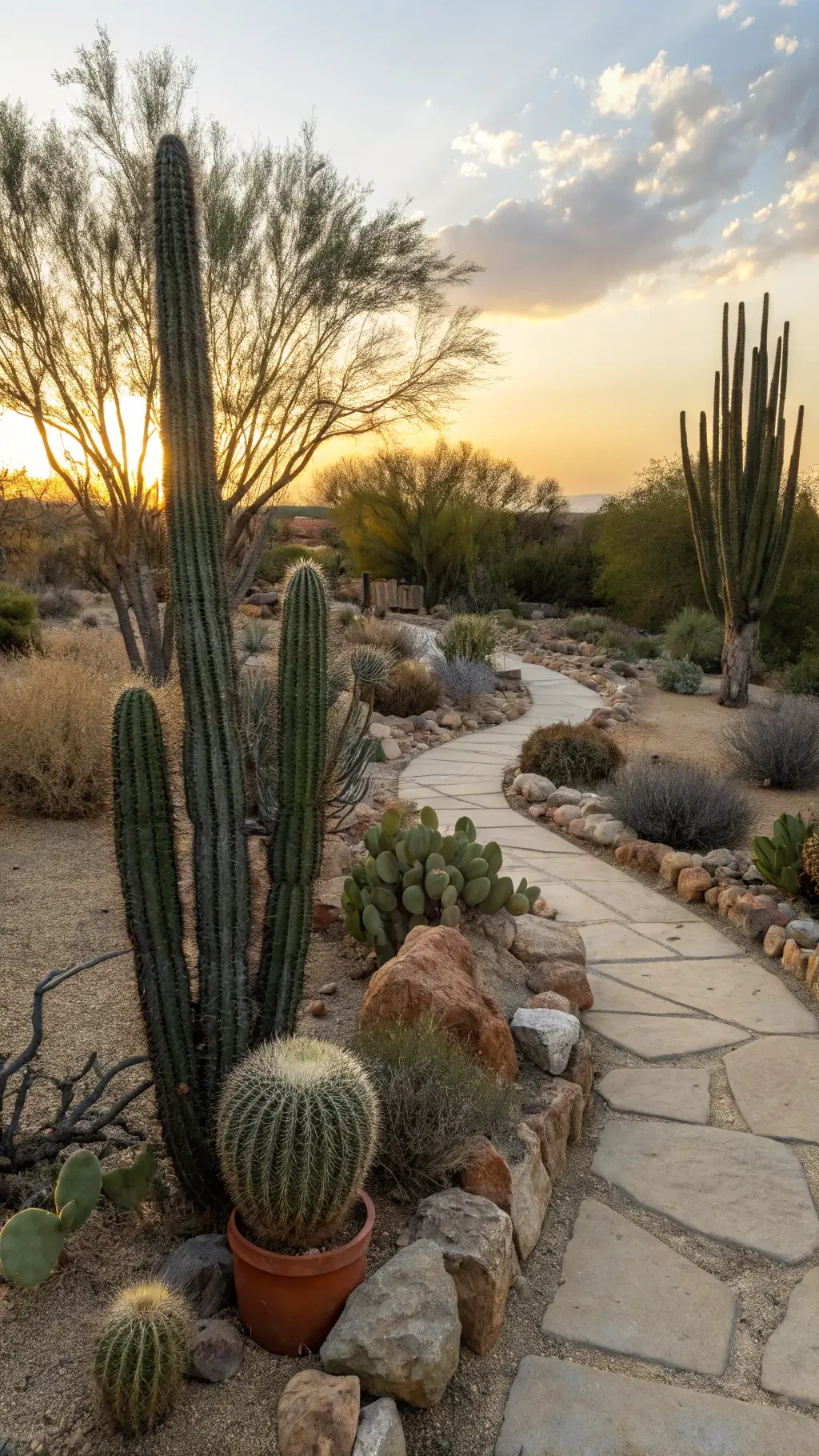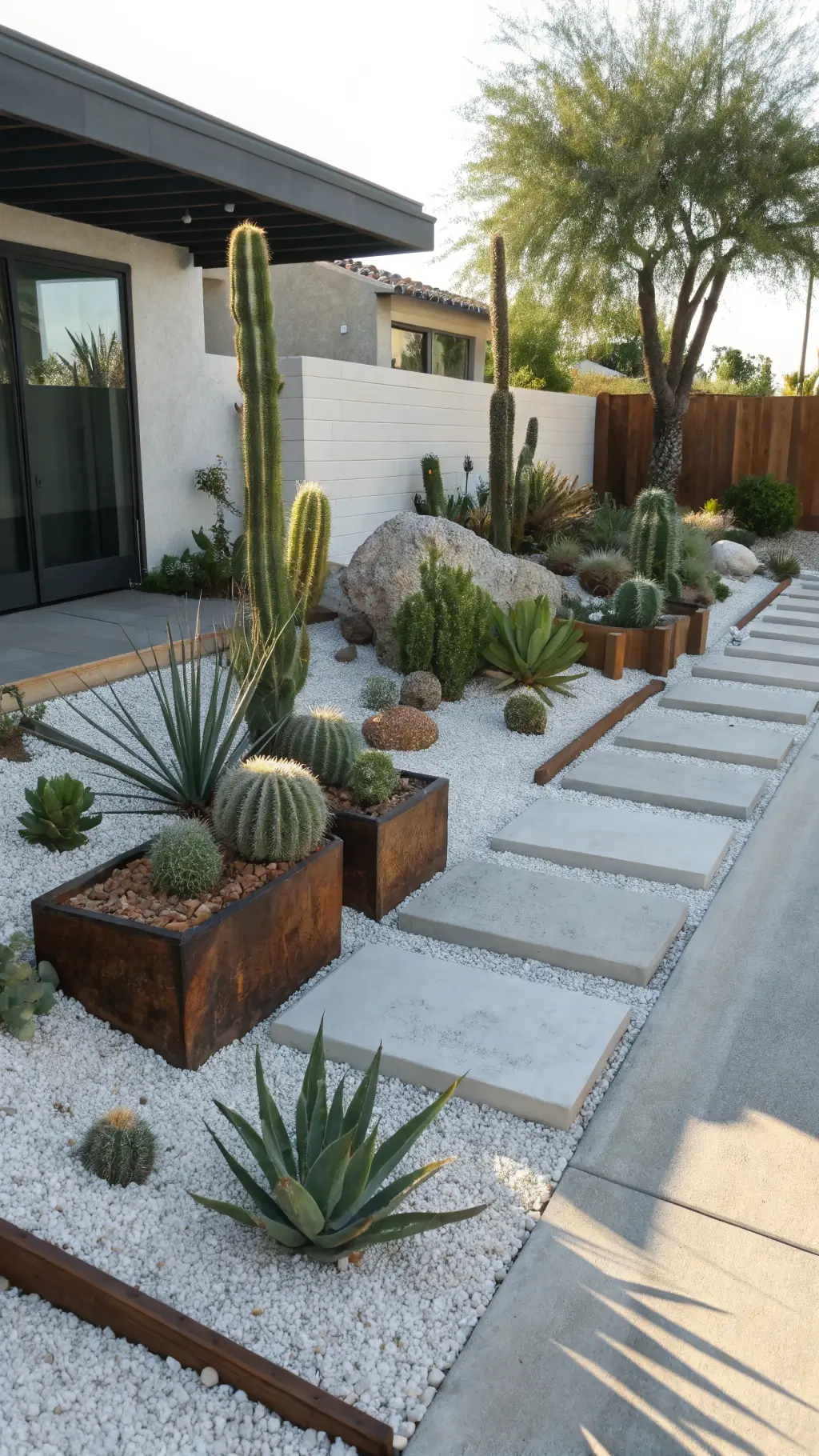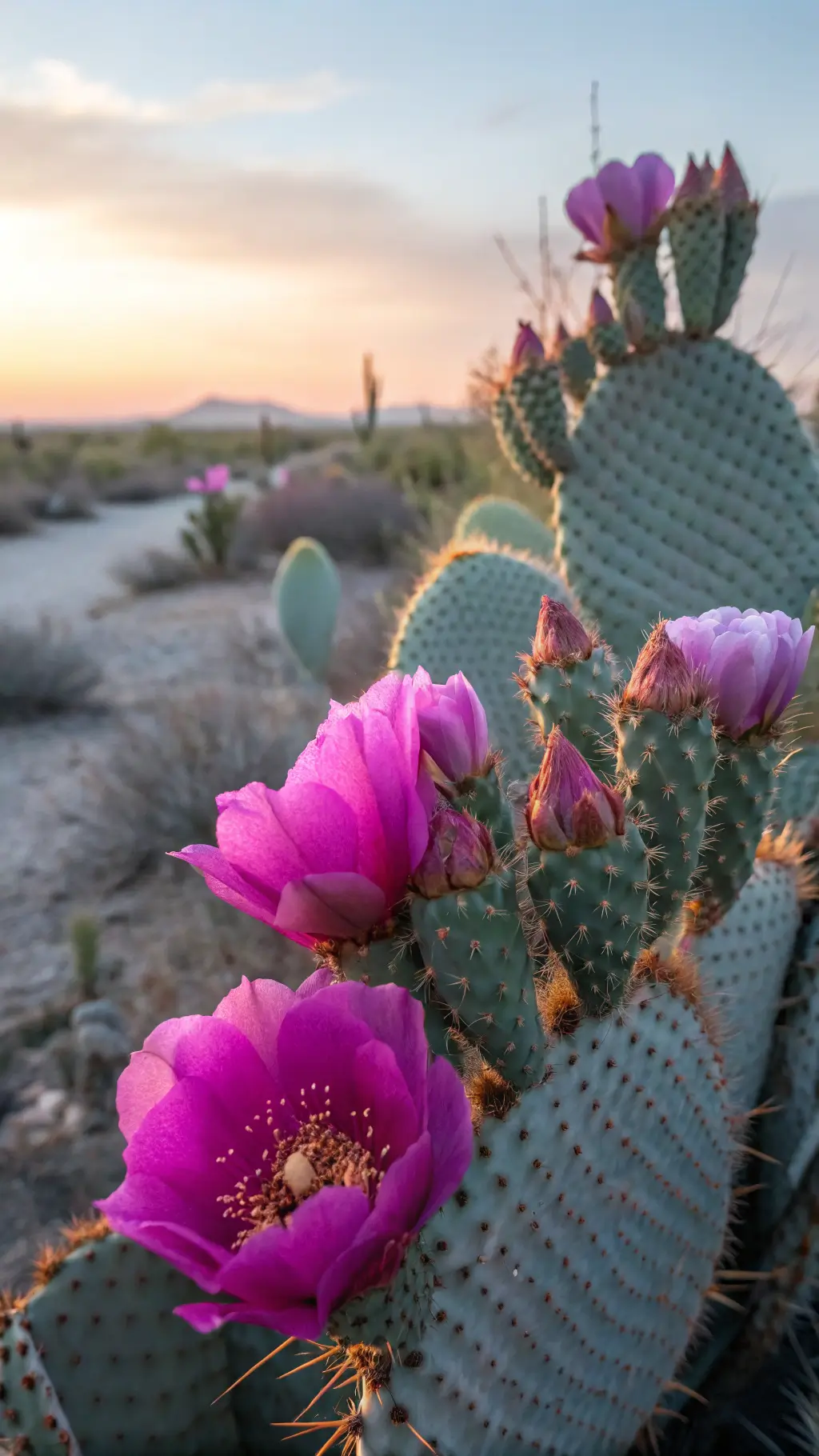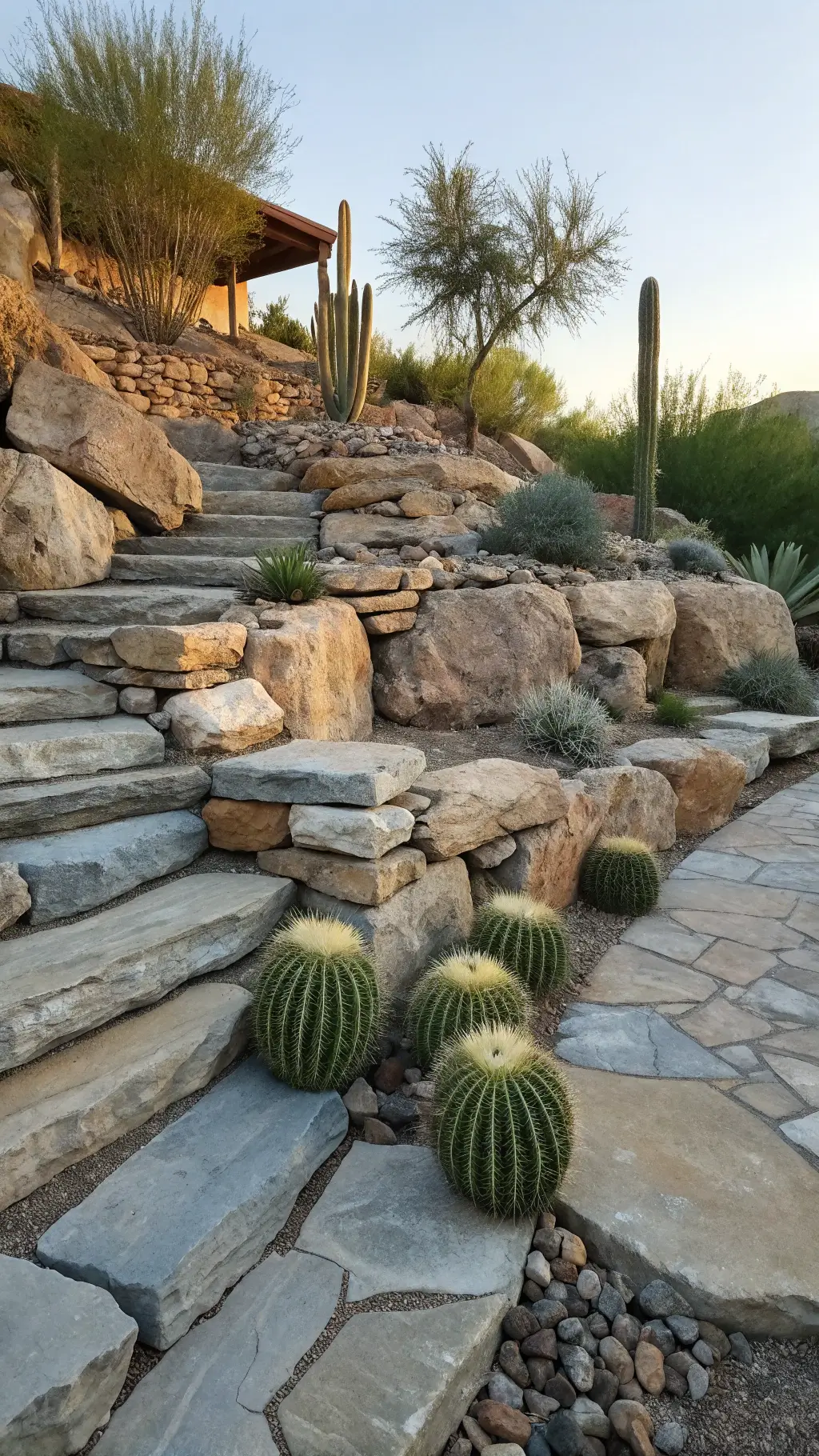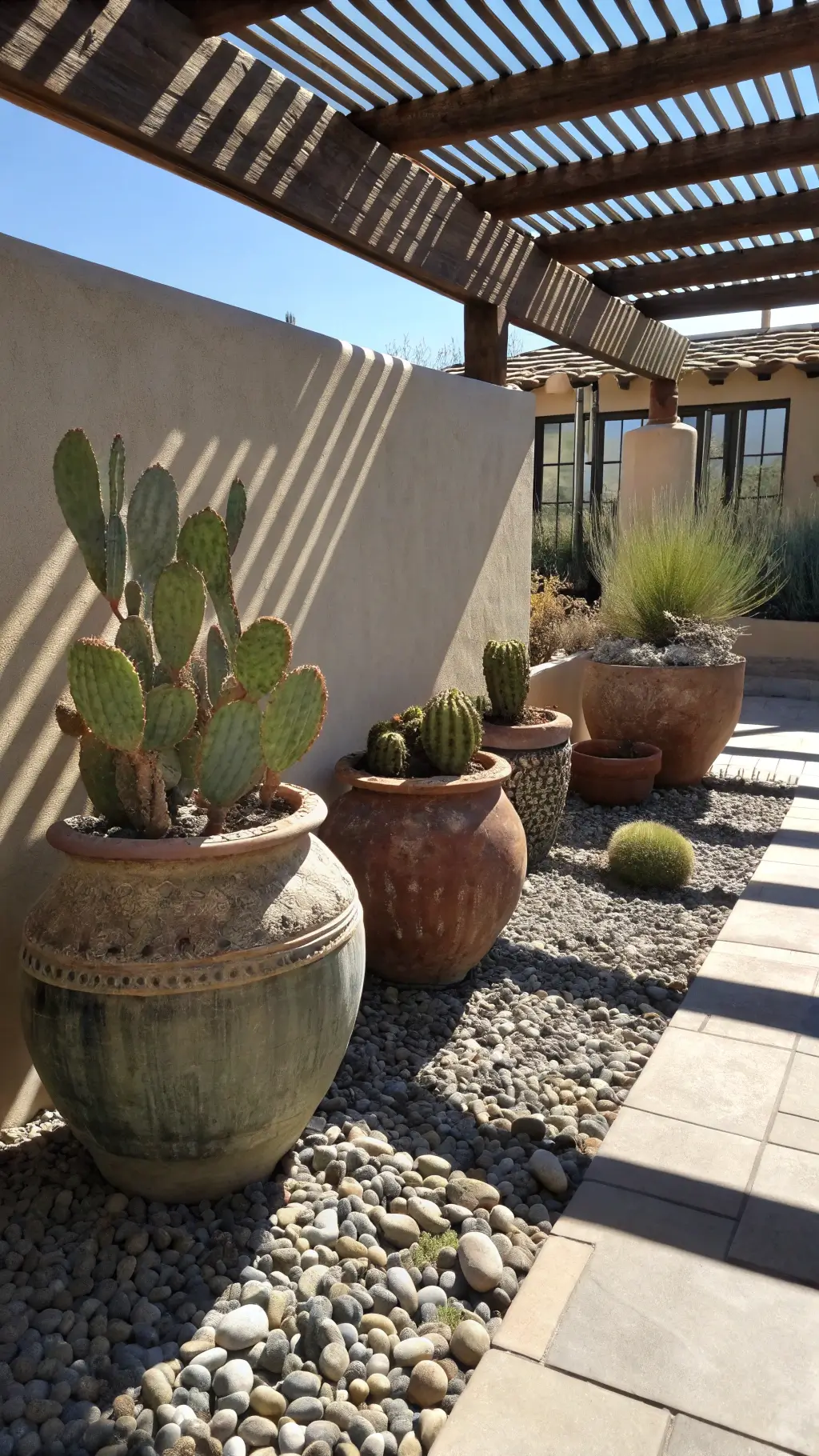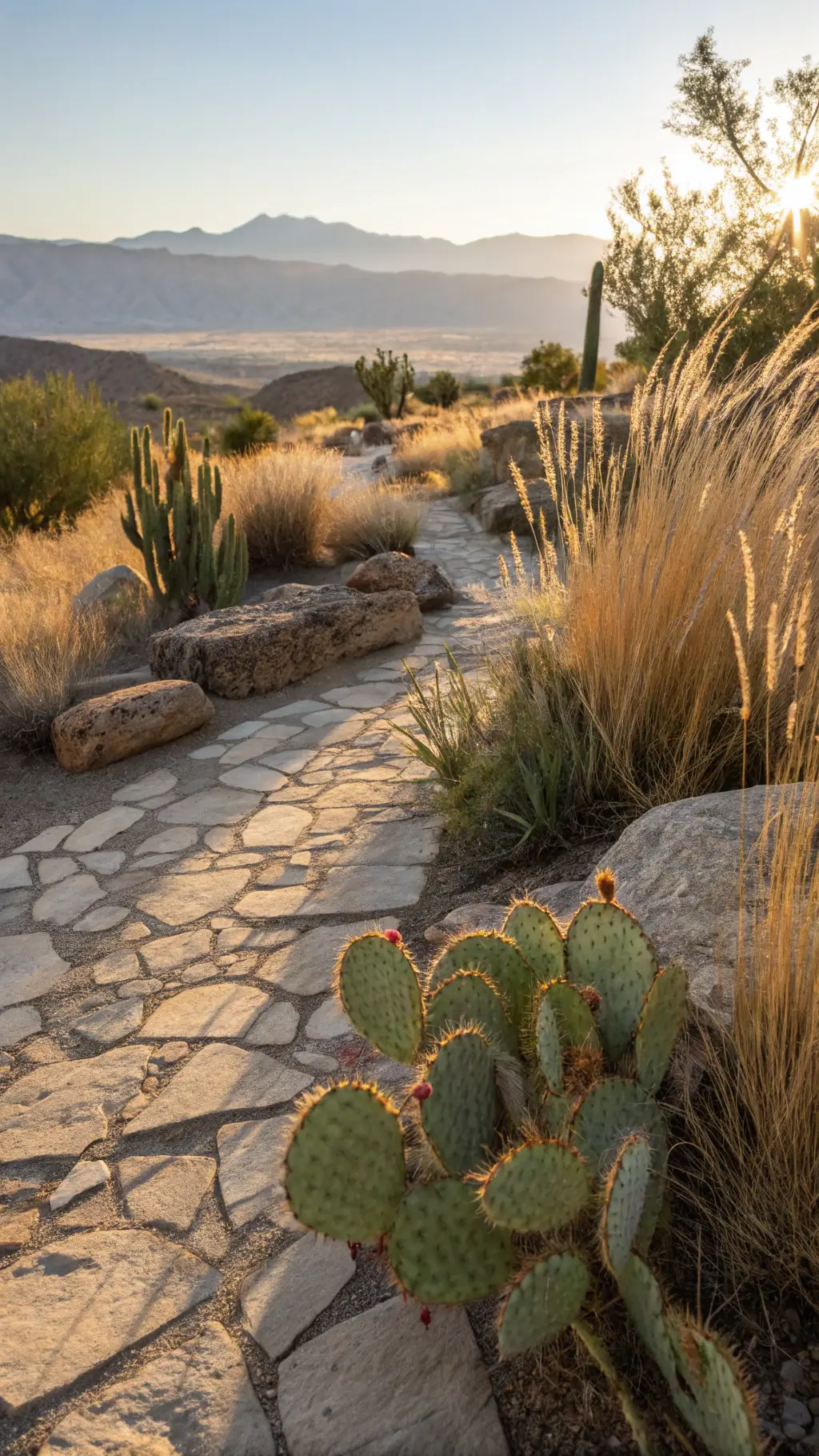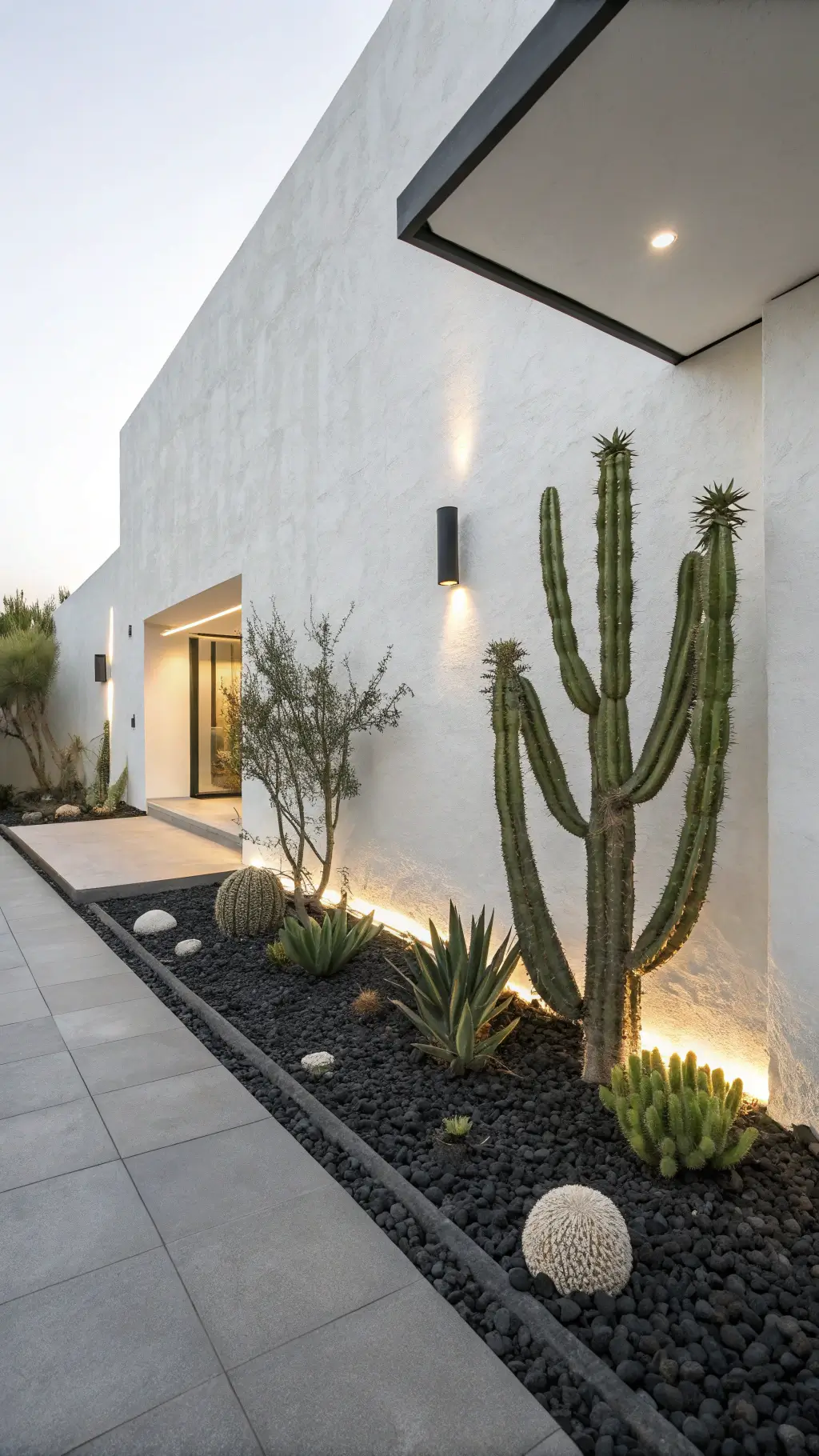Growing Beavertail Cactus: A Desert Gem That’s Easier Than You Think
Hey there, fellow plant enthusiasts! Today, I’m excited to share everything I know about one of my favorite desert beauties – the Beavertail Cactus.
Why You’ll Love This Desert Charmer
Trust me, I was skeptical at first too. But after growing these in my garden for years, I can tell you they’re absolutely stunning and surprisingly low-maintenance.
What Makes the Beavertail Special?
Think of it as the supermodel of desert plants:
- Those gorgeous blue-gray pads (shaped just like a beaver’s tail!)
- Show-stopping magenta-purple flowers in spring
- Compact growth (never gets taller than 3 feet)
- Zero scary spines (though watch out for those tiny bristles!)
Location, Location, Location
Here’s what I’ve learned about placing these beauties:
Perfect Spots:
- Rocky slopes
- Sandy garden beds
- Well-draining containers
- Rock gardens
- Xeriscaping projects
Avoid:
- Shady corners
- Areas with poor drainage
- Low spots where water collects
Care Tips That Actually Work
Light:
Full sun is your friend here. My healthiest specimens get at least 6 hours of direct sunlight daily.
Water:
Less is more! I water mine:
- Once every 2-3 weeks in summer
- Monthly in winter
- Never during rain
Soil:
Think desert conditions:
- Sandy or gravelly mix
- Excellent drainage is crucial
- Add perlite or pumice for container growing
The Tough-as-Nails Nature
Let me tell you why this cactus is amazing:
- Survives temperatures down to 15°F
- Thrives in extreme heat
- Needs almost zero maintenance
- Perfect for busy gardeners or beginners
Propagation Made Simple
Want more plants? Here’s my fool-proof method:
- Cut a healthy pad in spring
- Let it callus for a week
- Plant in dry, sandy soil
- Wait patiently (seriously, don’t water yet!)
- Watch for new growth in 4-6 weeks
Bonus Tips from My Garden
- Plant in groups of 3-5 for maximum impact
- Add rocks around the base for a natural look
- Perfect companion for other desert natives
- Fantastic pollinator attractor
Common Questions I Get
“Help! My cactus looks wrinkled!”
→ Usually means it needs water. Give it a good drink, then wait until soil is completely dry before watering again.
“When will it bloom?”
→ Patience! Healthy plants bloom in spring, typically their second or third year.
Final Thoughts
The Beavertail Cactus is one of those rare plants that gives you major garden drama with minimal effort. Whether you’re a desert gardening pro or just starting out, this native beauty deserves a spot in your landscape.
Remember: Start with one, and I bet you’ll end up wanting more. They’re just that addictive!

